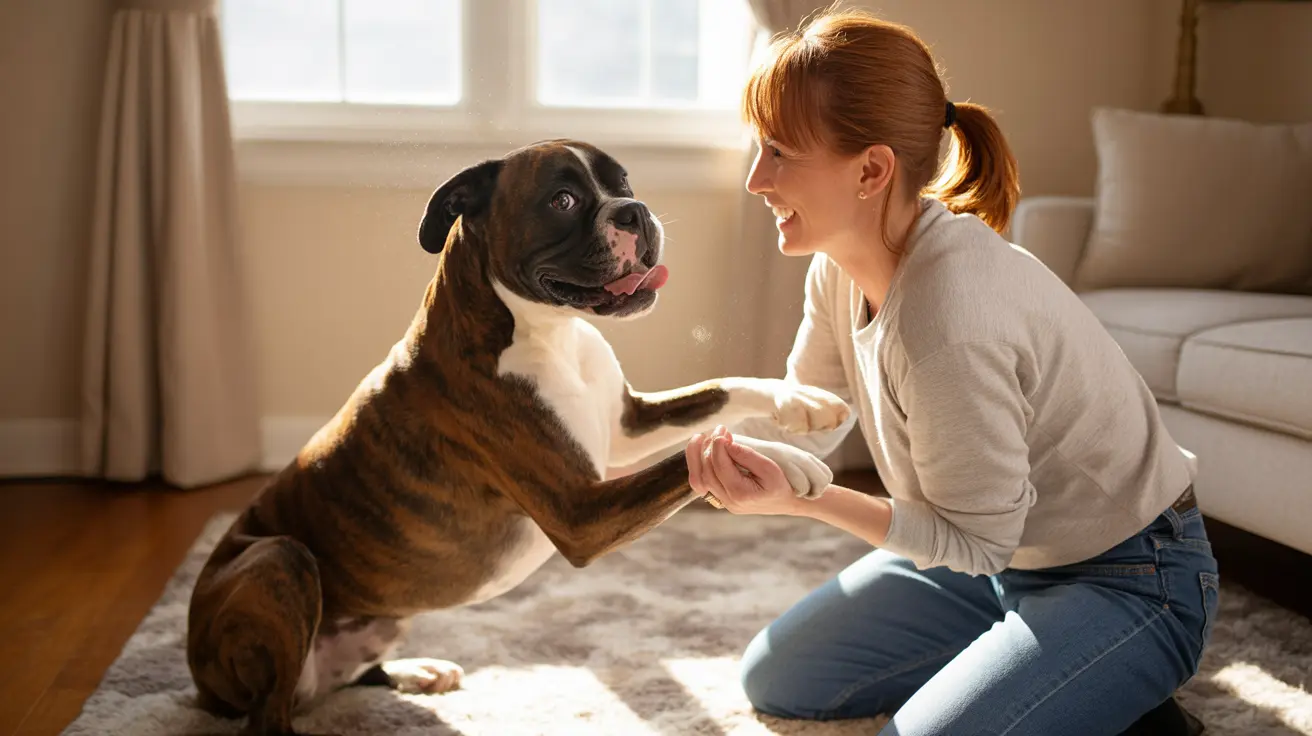The No. 1 Lazy Dog: A Look at Low-Energy Canine Companions
While many dogs are recognized for their high energy and love for running, not all breeds are as enthusiastic about an active lifestyle. Some dogs are naturally more sedentary, preferring short walks and long naps. One question that often arises among prospective and current dog owners is: what is the laziest dog breed?
Based on the characteristics discussed in training and exercise needs, Bulldogs, particularly the English Bulldog, are frequently cited as the No. 1 lazy dog breed. Let's explore why this is and consider other breeds known for their laid-back demeanor.
What Makes a Dog 'Lazy'?
Laziness in dogs doesn’t indicate a flaw; rather, it reflects a breed’s natural tendencies and historical roles. Several factors contribute to a dog being classified as lazy:
- Low energy levels: Dogs that do not require extensive exercise.
- Short bursts of activity followed by long periods of rest.
- Brachycephalic anatomy (short-muzzled dogs) that limits physical exertion due to breathing difficulties.
- Preference for indoor environments and comfort over physical play.
- Temperament: calm, relaxed, and easy-going nature.
Why the English Bulldog Tops the List
The English Bulldog has earned its reputation as one of the laziest dog breeds. This stems from their physical characteristics and gentle temperament:
- Flat snout, making breathing during intense activity difficult.
- Stocky build not suited for running or extended walks.
- Calm demeanor—they usually enjoy lounging and moderate physical interaction.
- Heat intolerance, which discourages physical exertion in warmer weather.
- Short bursts of energy followed immediately by rest or nap time.
Despite their laziness, Bulldogs are affectionate, loyal, and make excellent apartment pets for owners who prefer low-maintenance exercise routines.
Other Notably Lazy Dog Breeds
While Bulldogs are often regarded as the top lazy dog, other breeds are also known for their preference for relaxation:
- Pug: Another short-nosed breed, Pugs love cuddling and moderate walks but tire quickly from vigorous play.
- French Bulldog: Similar in traits to English Bulldogs, they're small, friendly, and content with minimal activity.
- Basset Hound: Known for a slow-paced demeanor and love of lounging, though they still require regular walks to stay healthy.
- Shih Tzu: These lapdogs are perfectly happy with brief strolls and lounging by their owner's side.
- Chow Chow: Proud and independent, but they tire easily and require moderate, not intense, exercise.
- Great Dane: Despite their size, they're mellow indoors and often prefer light activity over high-impact physical play.
- Saint Bernard: Gentle giants that need exercise but are overall laid-back and unenergetic indoors.
Lazy Dogs vs. Low Maintenance
It’s important to remember that a lazy disposition doesn’t necessarily mean a dog is low maintenance. Some lazy breeds may require:
- Frequent grooming (long-haired or wrinkled breeds)
- Special health considerations (breathing or joint conditions)
- Training to manage stubborn behavior despite low energy
Benefits of a Lazy Dog
Owning a lazy dog can be ideal for certain household situations:
- Best suited for apartment living
- Compatible with elderly or less active owners
- Lower exercise demands
- Excellent cuddle companions and emotional support animals
Tips for Caring for a Lazy Dog
- Watch their weight: Lazy breeds are prone to obesity. Ensure portion control and monitor treats.
- Encourage light activity to prevent stiffness and support heart health.
- Provide mental stimulation through toys or slow feeders to keep them engaged.
- Veterinary check-ups: Regular exams to catch issues common in sedentary dogs.
Conclusion
If you're looking for a gentle, calm, and easy-going canine companion, the English Bulldog may just be your perfect match. Their love for relaxation, sweet temperament, and moderate needs make them particularly well-suited to less active households. However, always remember that every dog is unique—lazy breeds still need love, care, and occasional exercise to thrive.





